The low kick or leg kick is a an extremely useful technique to have in your arsenal as a striker.
This technique is utilized in other martial arts besides muay thai in competitive matches. MMA, kickboxing and Karate as striking arts also utilize this powerful technique in competitive matches.
The basic low kick discussed in this post are:
- Rear leg low kick technique
- Inside lead leg kick
- Lead leg side cutting kick
- Lead leg outside low kick technique
The basic scenario of ‘Righty vs Righty’ or same side stance will be covered here.
The low kick technique requires mastering accuracy and timing more so than power at first.
But landed successfully on your opponents legs over time it will wear out your opponents legs and make it harder for them to stand with good balance.
This is if you perform the low kick technique correctly.
When To Throw the Low Kick
The low kick can be used at any time in the fight.
But probably the best time to throw a low kick is after setting it up with your hands.
Check out the video below from out YouTube Channel showing the low kick used in Muay Thai, Karate, Kickboxing and MMA.
A fundamental combo in all of kickboxing and muay thai is the lead punch rear low kick.
The lead punch can be a jab or lead hook. The point is to get your opponent busy with their hands up.
Throwing a lead punch to the face and making your opponent block also makes your opponent sit their weight down to block the punch which makes their leg heavier and an easier target to kick.
Don’t Look Down at the Target!
It’s important not to give the kick away with your eyes by looking down at the target.
Keep your eyes on your opponents head or chest area. Their legs will be directly below their upper body so don’t look down at their legs.
If your opponents reads your eyes most likley they will:
- check your kick with their shins (very painful for you!)
- step back to avoid the low kick and catch you off balance
- brace and take the low kick to launch a straight punch counter to your face.
All not good for you!
Low Kick Technique – How To
Although the low kick technique is a relatively simple, there are a few subtle differences among different schools, trainers and martial arts when it comes to teaching and training the low kick.
At the end of the day the low kick technique is meant to damage and hurt your opponents leg and to make it difficult for them to be able to stand with good balance to throw their strikes against you.
An important factor in throwing the leg kick is whether your opponent is in the Same Side Stance as you (Righty vs Righty or Lefty vs Lefty) or Opposite Stance (Righty vs Lefty).
As we are covering the basics and most common scenarios in this post we will look exclusively at same side stance and use Righty vs Righty examples.
1.Rear Low Kick Technique
Lets go over the most common scenario for the rear low kick which is Righty vs Righty.
Here your rear leg will be attacking the outside of your opponents lead leg.
Footwork
Beginning from your fighting stance (see below). You will want to throw your more powerful rear leg aiming for your opponents lead leg.
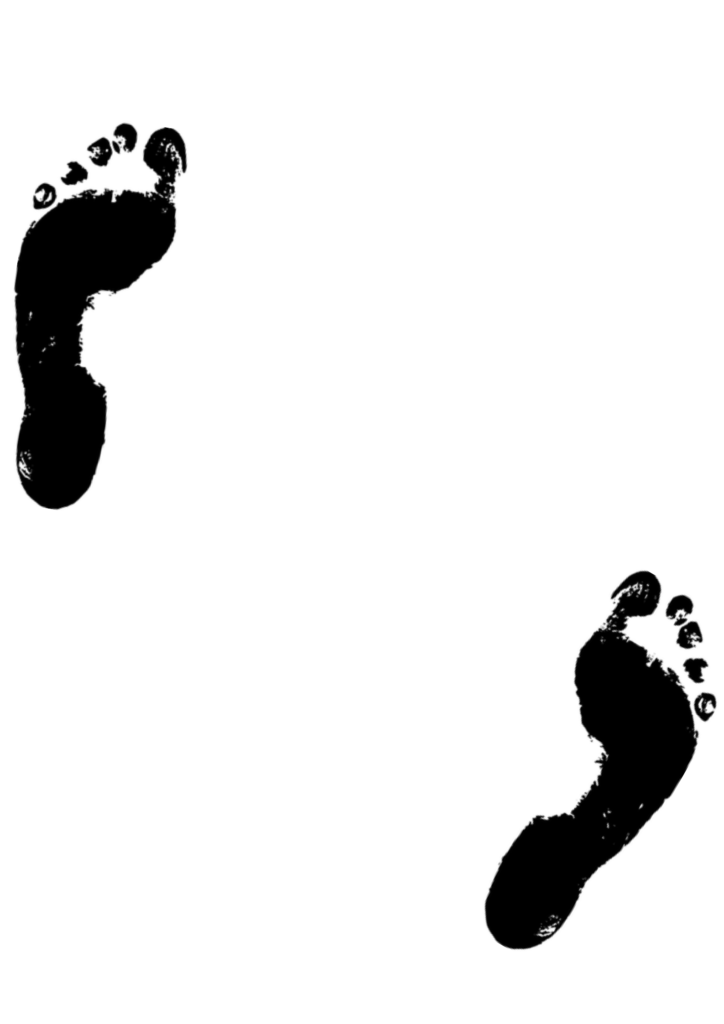
Your lead foot will step forward and to the side on an angle. This allows your hip to open up to be able to swing your rear leg across and strike your opponents lead leg.

This is the basic footwork for throwing a rear leg kick to your opponents lead leg in Righty vs Righty.
When your rear leg hits the target your lead heel will rotate toward your opponent as in the diagram above.
Arm Position
There are different arm positions you can use.
The traditional Thai way is to throw your same side arm down past your hip to get more power.
You can also have your rear arm (same side arm as kicking leg) up in your opponents face or over their rear shoulder with your chin tucked behind your rear shoulder.
This protects you from their rear straight punch which is a common counter to the low kick.
Lead arm goes up to your protect your face. Your lead glove should be touching your head up by your temple.
Bodyweight
Sink your bodyweight down into the kick to get more weight into the kick and cause more damge.
Here your bodyweight mostly goes down into your lead leg which should be bent.
Shifting your bodyweight down to the side like this also gets your head off line from straight punches.
2.Lead Inside Low Kick Technique
The lead low kick has less power than your rear leg but can be thrown faster.
The most basic and easiest lead low kick to land is the inside leg kick in same side stance.
Here your lead leg will attack the inside of your opponents lead leg
Footwork
Beginning from your standard fighting stance.
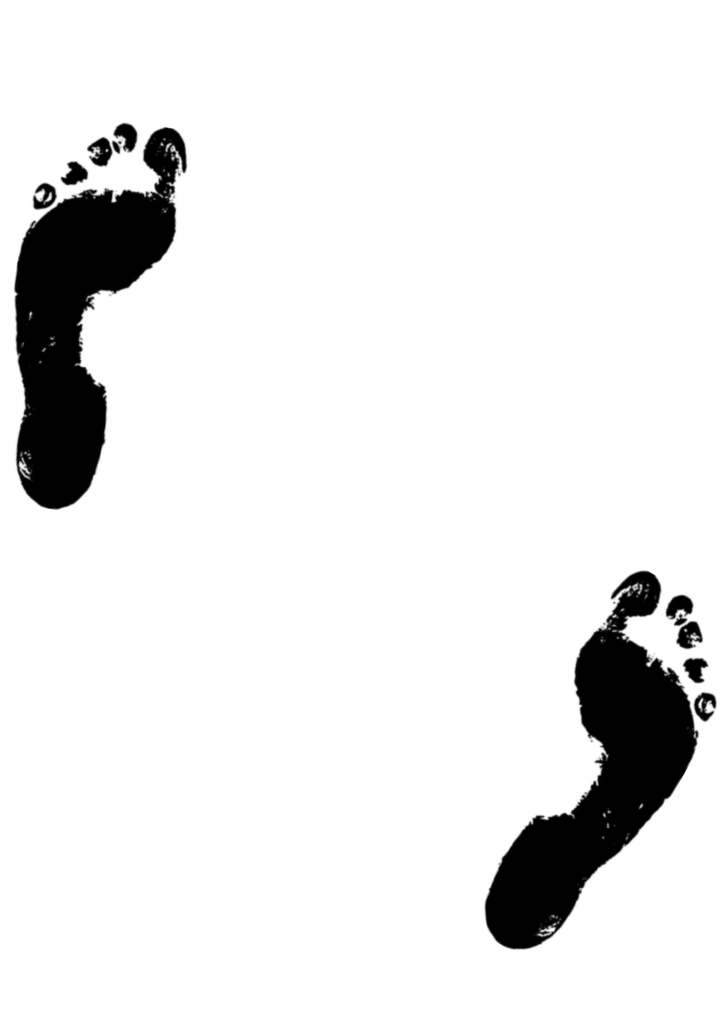
Your rear leg will step up and out a little to open up the hips to be able to swing the lead up and inside your opponents lead leg. See diagram below.
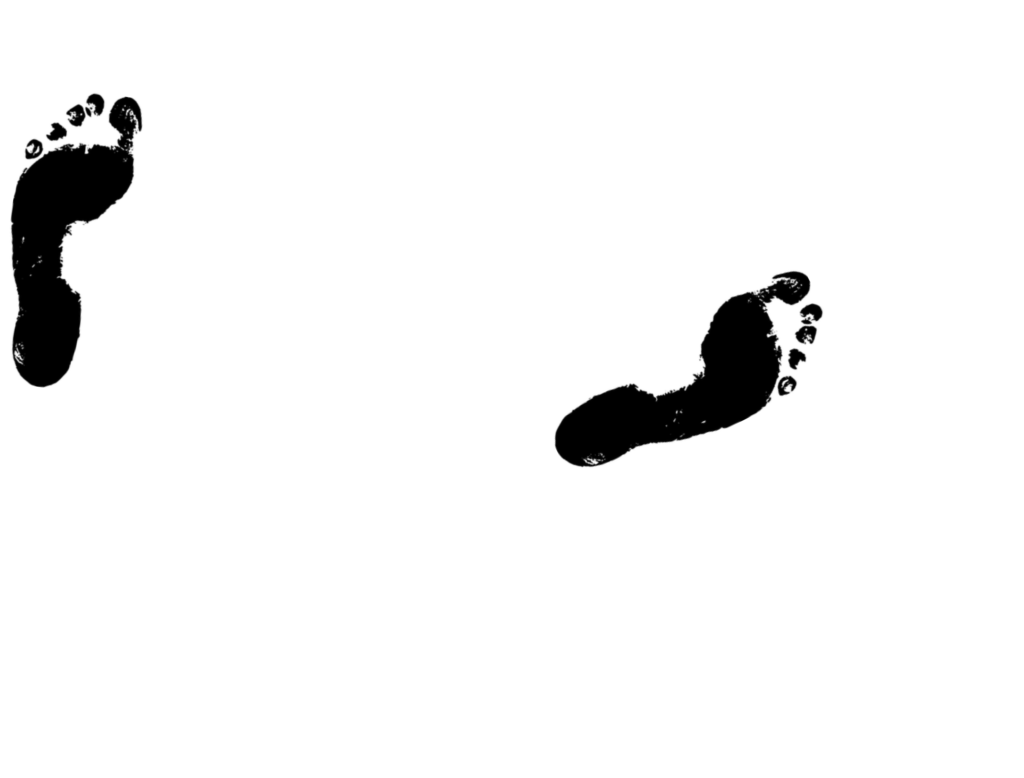
The kicking action with the lead low kick aimed at the inside of your opponents thigh is more of an upward kicking motion.
You are essentially kicking upwards on the inside of the thigh. Again this is not a power shot but more of a speed kick.
The aim can be to hurt their inner thigh or make them pick up their lead leg to set up other attacks and break their balance.
Arm Position
Lead arm (same as kicking leg) can go up on your opponents lead shoulder or on their lead hand to keep it occupied. Your chin is down and tucked behind the lead shoulder.
Rear arm goes up by your face with glove touching your temple.
Bodyweight
Bodyweight goes on your rear leg not downward like the other low kicks covered in this post.
You can lean back a little bit to get that upward drive on your lead leg. But dont pop your head up – keep it protected behind your chin ‘in the shell’.
3.Lead Low Kick Technique (Cut Kick)
This kick can be used with more power than the lead inside kick but requires a wider step out on your rear foot.
Here your lead leg will attack the top/quad area of your opponents lead leg
Your body weight can sink a bit more down than the inner thigh lead kick. But the action will be more a ‘cut across’ kick on the top of your opponents lead leg.
Footwork
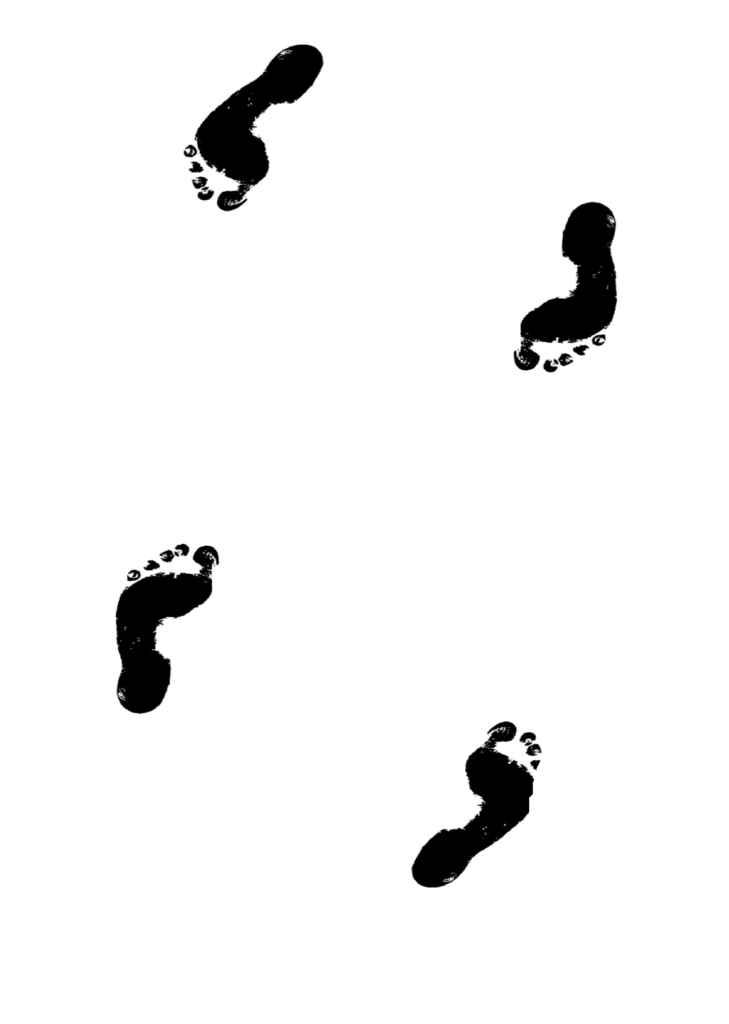
Beginning with the normal stance Righty vs Righty as above.
Your rear leg will step up and out even so far as going past your opponents lead foot with your rear foot. See diagram below.

Your left leg (which is now slightly at the rear due to your forward step with your rear leg) picks up and swings across to ‘cut’ across and slightly down on your opponents lead leg.
Arm Position
Its important in this kick to keep your lead arm up in your opponents face or controlling/trapping their lead arm to stay protected. Your chin is down behind your left shoulder.
Your rear arm is up by your face glove touching your temple.
Bodyweight
Your bodyweight shifts to the right side diagonally across and down to swing your left leg to attack your opponents lead leg.
Shifting your bodyweight in this direction keeps your head out of range of punches as well.
You can jump a bit to the outside on your rear foot. Your weight will be on your right foot which should be bent.
4.Lead Low Kick Technique – Attacking Opponents Rear Leg
Here your lead leg attacks your opponents rear leg
The lead leg low kick on your opponents rear leg is a bit harder to pull off in a fight and requires good footwork.
But its worth going for as your opponent is probably more conditioned to receiving low kicks on the lead leg than the rear.
In Righty vs Righty you are basically moving toward their power side and their rear straight punch. So its important to keep your guard up.
Footwork:

From the standard Righty vs Righty stance above. Your rear foot will skip to the outside of your opponents rear foot (see diagram below). In this skipping action your lead leg will be off the ground as in diagram below.
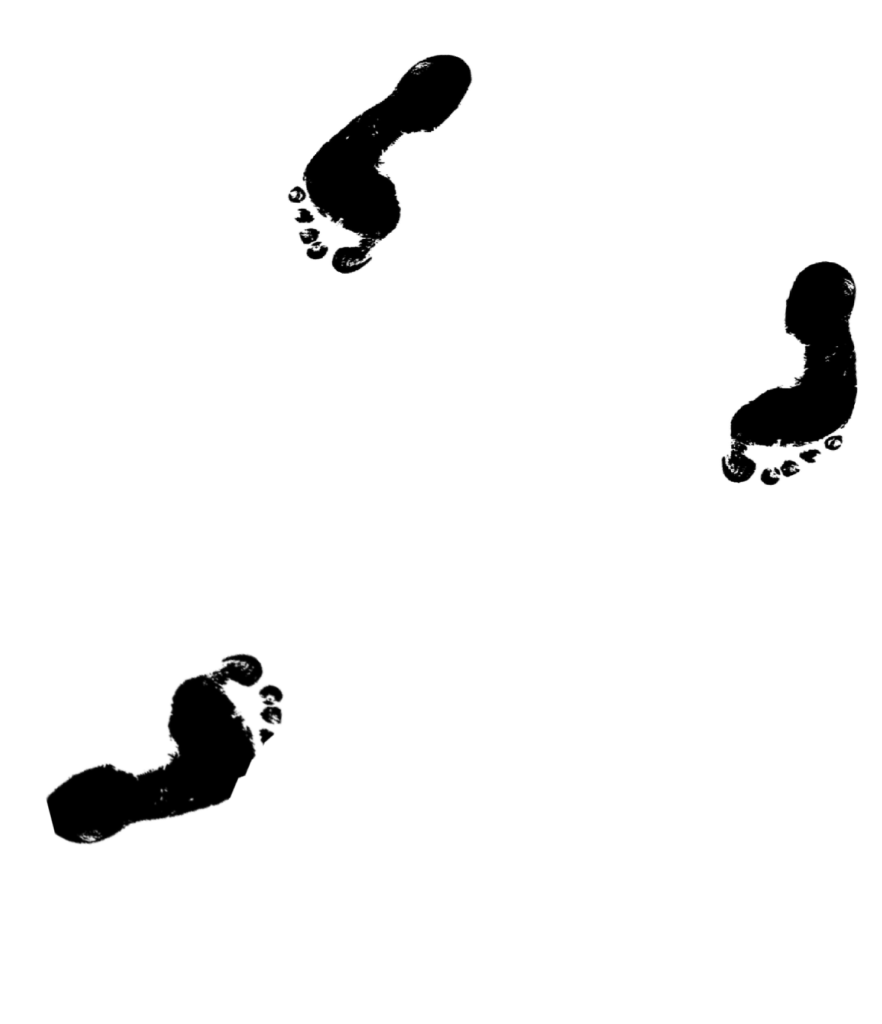
Notice your how far your rear foot has to travel to get outside in this skipping action. Also notice the rear foot is turned out to open the hip up for the lead leg to strike your opponents rear leg.
By skipping your rear foot all the way to the outside of your opponents rear foot (diagram above) your lead leg will be off the ground and loaded to come down on your opponents rear leg.
To stay safe from punches its important to get your rear foot close to the outside of your opponents rear foot.
Arm Position
Same side arm as kicking leg (Left arm) is up in opponents face with chin tucked behind the shoulder of this arm.
Opposite arm up by face glove touching the temple.
Bodyweight
As you skip onto your rear foot your weight will go onto the right leg which should be bent. This will allow you to drive your weight into the kick and cause more pain and damage.
Shifting your weight like this also takes your head off line to avoid punches.
Low Kick Technique – Final Tips
To wrap up this post we have covered 4 basic low kicks that you can use with application in the Same Side Stance or Righty vs Righty.
These were:
- Rear Low Kick – attacking opponents lead leg
- Lead Inside Low Kick – attacking inside of opponents leg
- Lead Cut Kick – attacking top of opponents lead leg
- Lead Low Kick – attacking opponents rear kick
So there are quite a few variations of the low kick and these are just the basics. WE will cover more advanced variations and useful combos to set up the low kick in a future post.
Here are some final tips:
- Make sure your hands are protecting your face or in your opponents face when throwing leg kicks
- Kick with the shin and not the foot
- Always practice returning to a balanced stable stance after delivering a low kick and be ready to block or evade a counter low kick
- Drill low kicks a lot to get a feel for the positioning, timing and body mechanics. If drilling alone a Thai Bag or Banana bag is the best option for drilling your low kicks.



